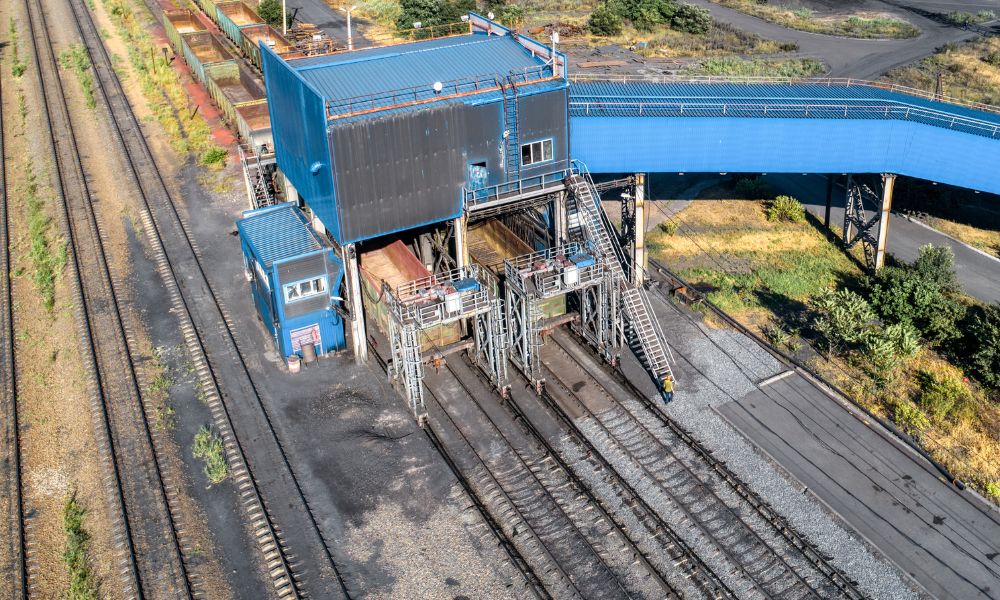
Transloading is the process of transferring goods from one type of transportation to another. For example, a shipment may be loaded onto a truck at its origin point, then transferred to a train for long-distance travel. Transloading companies specialize in this service, providing solutions to industries such as oil and gas, chemicals, grain products, automotive parts, and others. Transloaders must adhere to environmental compliance requirements imposed by both local and federal regulations. Here, we’ll discuss the environmental compliance requirements for transloaders.
Regulatory Requirements
There are both local and federal regulatory requirements in place for transloaders. Depending on the location, specific restrictions related to air quality or hazardous materials may apply. The US Environmental Protection Agency (EPA) also has federal environmental compliance requirements for companies operating in the United States. These regulations cover air emissions, waste management, water pollution control, toxic substances control, and more. In addition to these regulatory requirements, transloaders must also adhere to industry best practices when dealing with hazardous materials or resources used in production processes. These best practices include safety measures such as proper storage procedures for flammable items or protective gear for employees working around dangerous chemicals and equipment.
Impact on the Environment
Air and water pollution are major environmental concerns associated with transloading operations. Burning fossil fuels used to power trucks and trains can produce harmful gases such as carbon dioxide, nitrous oxides, sulfur dioxide, and particulate matter. And leaks of hazardous materials such as oil or chemicals into local water sources can cause significant damage to aquatic life. To reduce these environmental risks, companies must invest in modern equipment that meets current standards for air quality while also implementing efficient fuel management techniques. Businesses should also properly store all hazardous materials away from nearby waterways and regularly inspect their equipment for signs of leaking fluids or cracks where contaminants could escape into the environment.
Environmental Audits
Environmental audits are an important tool for ensuring compliance with environmental regulations and identifying and addressing any potential risks related to a company’s operations. An audit typically involves analyzing an organization’s policies and procedures, looking at their environmental impact, and assessing compliance with relevant laws and regulations. Audits can be conducted by internal personnel or external consultants. Overall, implementing effective environmental audits is essential for organizations wanting to remain compliant with laws and regulations while minimizing their overall ecological footprint created during their daily operations. By gathering accurate information through these assessments, they can make informed decisions regarding how best to reduce their impact while still efficiently meeting customer needs without compromising safety standards.
Now that you understand the environmental compliance regulations for transloaders, you can work to meet these requirements. If you are looking to purchase transloading equipment, check out Cambelt’s high-quality selection, including railcar unloading conveyors.
